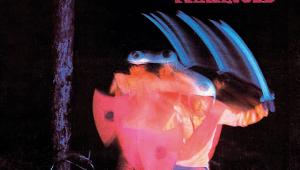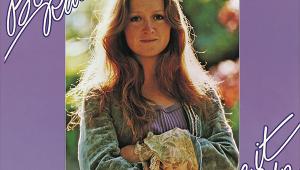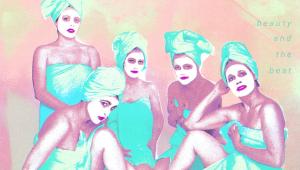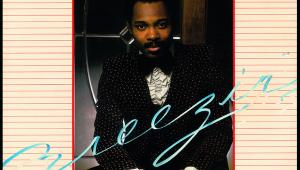The Clash: London Calling Production Notes
Recording began in August 1979 at Wessex Studios in Highbury, London, and took four weeks in total, with the album mixed in November. The Clash were familiar with the studio as they had recorded The Cost Of Living EP there earlier in the year with engineer Bill Price. The studio was equipped with 3M M79 24-track recorders, Price saying later that he tried to 'get every ounce of ambience out of what was a large, but quite dead, room'.
One of the techniques that he used with The Clash was to suspend a pair of Neumann U87 mics 15ft up and 10ft in front of Headon's drum kit and mix this for recording with an input from a pair of STC 4038 ribbon mics. The studio used Ampex 406 tape with Dolby A and Price recalled that although he didn't use Dolby for the drums, he used it for some of the vocal tracks. 'If I did a vocal on three or four tracks and mixed it down to another track, obviously the tape hiss got much worse, so it was a good idea to Dolby it,' he explained.
![]()
For Paul Simonon's bass, Price mixed a direct input into the mixing desk with a Neumann U87 mic on the bass cabinet. The electric guitars of Mick Jones and Joe Strummer were both miked with an Electro-Voice RE20 mixed with a Neumann U87. To compensate for the sibilance in Strummer's voice, rather than using a U87, Price recorded him with an SM58, 'which gave punch and clarity without needing too much EQ'.
If that all sounds calm and scientific, the band's choice of producer, Guy Stevens, was anything but. Stevens was known to wrestle with musicians, and even punch them, to get a more intense performance. This worked well with Strummer, though Jones got annoyed when Stevens poured beer into the piano to 'improve' its sound.
















































